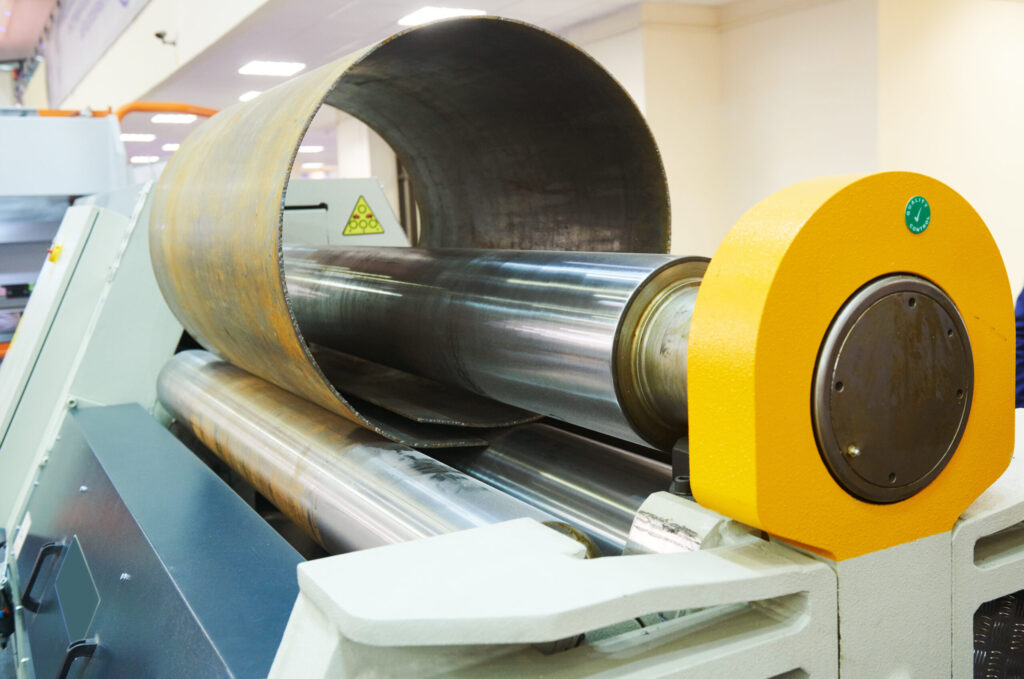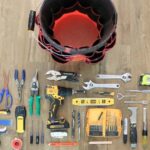The sheet metal roller bender is a vital tool for those working with metal fabrication. This device allows users to create precise bends and curves in sheet metal, enhancing their ability to craft complex designs and structures. Whether someone is a professional metalworker or a DIY enthusiast, understanding the functionality and benefits of a roller bender can greatly improve their workflow.
Utilizing a sheet metal roller bender can lead to a more efficient production process. It offers control over the bending angle and radius, which is essential for achieving the desired shape without compromising the integrity of the material. As a result, users can ensure that their projects meet specific design requirements with accuracy.
With various models available on the market, selecting a suitable roller bender can be crucial. Factors such as size, capacity, and additional features can influence a user’s choice. Knowing how to choose the right tool for their needs can streamline the metalworking process and elevate the quality of the final product.
Essential Components of a Sheet Metal Roller Bender
A sheet metal roller bender consists of critical components that work together to achieve precise bending. Understanding these essential parts helps in selecting the right equipment for specific applications.
Rollers
Rollers are pivotal in determining the bending radius and the thickness of the sheet metal. Typically, there are three rollers: the top roller and two bottom rollers.
- Top Roller: This adjustable roller applies pressure to the metal sheet, enabling it to bend around the circumference.
- Bottom Rollers: Positioned beneath the top roller, these stabilizers help maintain the material in place during the bending process.
Roller material can vary, often including hardened steel or rubber-coated surfaces for enhanced grip and longevity. The design of the rollers also influences the quality of bends, as various profiles may be employed to achieve different shapes.
Bending Mechanism
The bending mechanism is crucial in translating the operator’s inputs into physical bends in the metal. Mechanisms may include:
- Manual Systems: Operated by hand cranks, suitable for smaller operations or lighter materials.
- Hydraulic Systems: Utilizing hydraulic pressure for greater force and precision, ideal for heavy-duty applications.
- Electronic Controls: Present in advanced models, allowing for programmable bending sequences and enhanced operator control.
The choice of bending mechanism impacts productivity and the complexity of tasks that can be performed. Proper maintenance of these systems ensures consistent performance and longevity.
Frame and Base
The frame and base provide structural integrity to the sheet metal roller bender. A robust frame allows for stability, preventing flex during operation.
- Materials: Usually constructed from welded steel, ensuring durability and resistance to deformation.
- Design: Should incorporate mounting points for securing the machine in place to minimize vibration.
The base is also designed to accommodate any additional tools or accessories that may be required. A solid frame and base contribute significantly to the machine’s overall performance and longevity.
Operational Techniques
Proper operational techniques are crucial for achieving precise bends and maintaining the integrity of sheet metal during processing. Attention to detail in preparation, setup, and execution can greatly enhance the effectiveness of a sheet metal roller bender.
Preparing the Metal
Before bending, it is essential to prepare the sheet metal. This includes cleaning the surface to remove any debris, oil, or rust, which can affect the bending process. Steel plate and sheet metal shearing services may be utilized beforehand to ensure the metal is cut to precise dimensions, which is crucial for optimal bending results.
Cut the metal sheets to the appropriate size based on the project’s specifications.
Important steps include:
- Measuring accurately
- Marking bend lines
- Ensuring the material type is suitable for bending
Different metals, such as aluminum or steel, require specific considerations, such as thickness and temper. The more accurate the preparation, the smoother the bending process will be.
Setting the Bender
After preparing the metal, the next step is to set up the bender correctly. This includes adjusting the rollers for the thickness of the material being used.
To achieve this, check the manufacturer’s guidelines for specific roller settings and ensure they are calibrated correctly.
Key adjustments include:
- Aligning the rollers symmetrically
- Setting the correct angle for bends
- Adjusting feed rates
Also, safety measures must be in place, such as securing loose clothing and removing any hazards from the work area. A properly set bender will reduce the risk of errors during the bending process.
Bending Process
The bending process requires care and precision to produce the desired angles and arcs. Feed the prepared sheet metal into the bender gradually, ensuring a controlled movement.
Monitor the pressure applied to the metal to avoid overstressing it, which could lead to cracking.
Bending tips include:
- Performing test bends on scrap material
- Adjusting the speed based on material behavior
- Maintaining consistent pressure throughout the process
After bending, it is advisable to inspect the final product thoroughly for accuracy and quality. Any discrepancies should be addressed immediately to ensure the integrity of the work.






